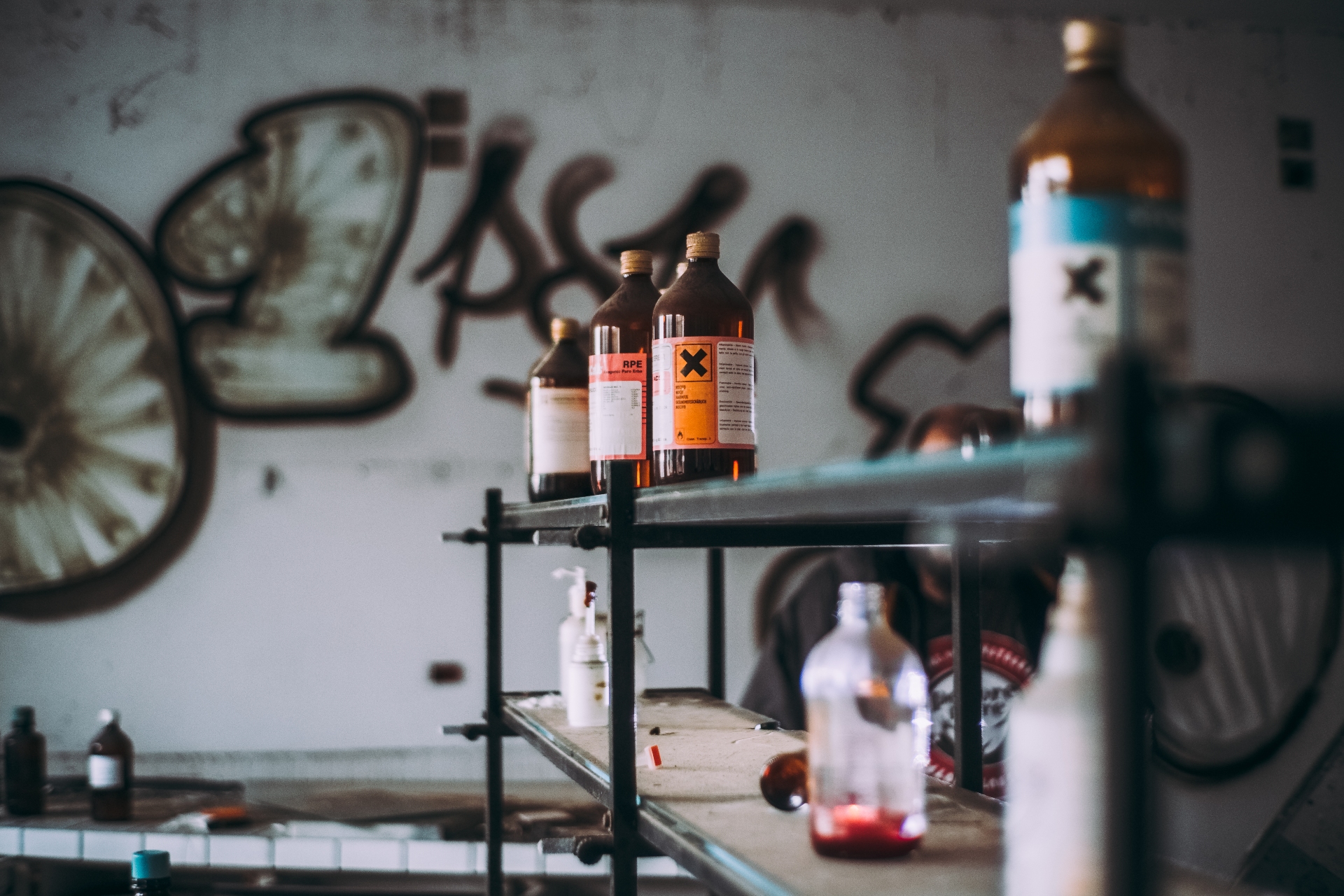Chemical Agents part 2
Blood agents affect the body’s tissues so they are not fully able to utilize oxygen, causing cellular asphyxiation and death. Two widely known Blood agents in the CBRN theatre are Hydrogen Cyanide and Cyanogen Chloride. Cyanide acts by causing inhibition of the cytochrome oxidase system and subsequent interruption of the aerobic cellular metabolism. This leads to profound lactic acidosis as the body attempts to use the less efficient anaerobic metabolism. Subsequent central nervous system, respiratory, and myocardial depression further worsen the patients’ overall condition. Cyanogen chloride has a similar action to that of hydrogen cyanide, but it is not lethal at lower concentrations. Cyanogen does produce other negative effects as it is a potent pulmonary irritant and causes lacrimator effects.
Blood agents can be inhaled and will quickly enter the blood stream and start to have effect. Symptoms from exposure to high concentrations can include fast and painful respiration, lack of coordination of movement, cardiac irregularities, hypoxic convulsions, coma, and respiratory failure culminating in death. Treatment for Blood agent poisoning requires, if possible, removal of the patient from the substance and contamination (e.g., clothing removal, decontamination, etc.,), and supportive care of the patients’ CABCDE. There are antidotes available, though not in the pre-hospital context, and are dependent on the type of Blood agent.
Choking agents:
Choking agents injure an individual mainly through damaging the respiratory tract, affecting all parts from the airway to the lungs. Damaged membranes can swell and fluid can collect within the lungs causing the ‘choking’ effect. Depending on the chemical used and amount of exposure, the oedema in the lungs can cause hypoxia, and eventual death. Deaths of this type are known as ‘Dry-land drowning’, due to the effects that the casualty is ‘drowning’ from the oedema in their lungs.
The two widely known Choking agents are Chlorine and Phosgene due to their use in WW1. Chlorine gas reacts with the natural secretions within the respiratory tract, on contact it mixes to create Hypochlorous and Hydrochloric Acid. This acid quickly starts to burn at the membranes of the airway, causing tissue damage and initiating an inflammatory response.
Phosgene alone was responsible for around 80% of all chemical deaths during WW1. Phosgene works through chemical reactions in the alveoli and tissues of the lungs, causing increased permeability of the alveolar mucous membrane resulting in pulmonary oedema with consequent anoxia and death. Depending on the dose and exposure, casualties may not immediately feel the effect of Phosgene poisoning, with pulmonary oedema developing a number of hours after exposure.
Chlorine poisoning can cause a number of signs and symptoms:
- Blurred vision
- Burning pain, redness, and blisters on the skin if exposed to gas. Skin injuries similar to frostbite can occur if it is exposed to liquid chlorine
- Burning sensation in the nose, throat, and eyes
- Coughing
- Chest tightness
- Difficulty breathing or shortness of breath. These may appear immediately if high concentrations of chlorine gas are inhaled, or they may be delayed if low concentrations of chlorine gas are inhaled
- Fluid in the lungs. May have delayed onset
- Nausea and vomiting
- Watery eyes
- Wheezing
Whereas Phosgene poisoning signs and symptoms include:
- Coughing
- Burning sensation in the throat and eyes
- Watery eyes
- Blurred vision
- Difficulty breathing or shortness of breath
- Nausea and vomiting
- Skin contact can result in lesions similar to those from frostbite or burns
- Following exposure to high concentrations of phosgene, a person may develop fluid in the lungs within 2 to 6 hours
Treatment for Choking agent poisoning requires, if possible, removal of the patient from the substance and contamination (e.g., clothing removal, decontamination, etc.,), and supportive care of the patients’ CABCDE. They will require further supportive measures in hospital.
